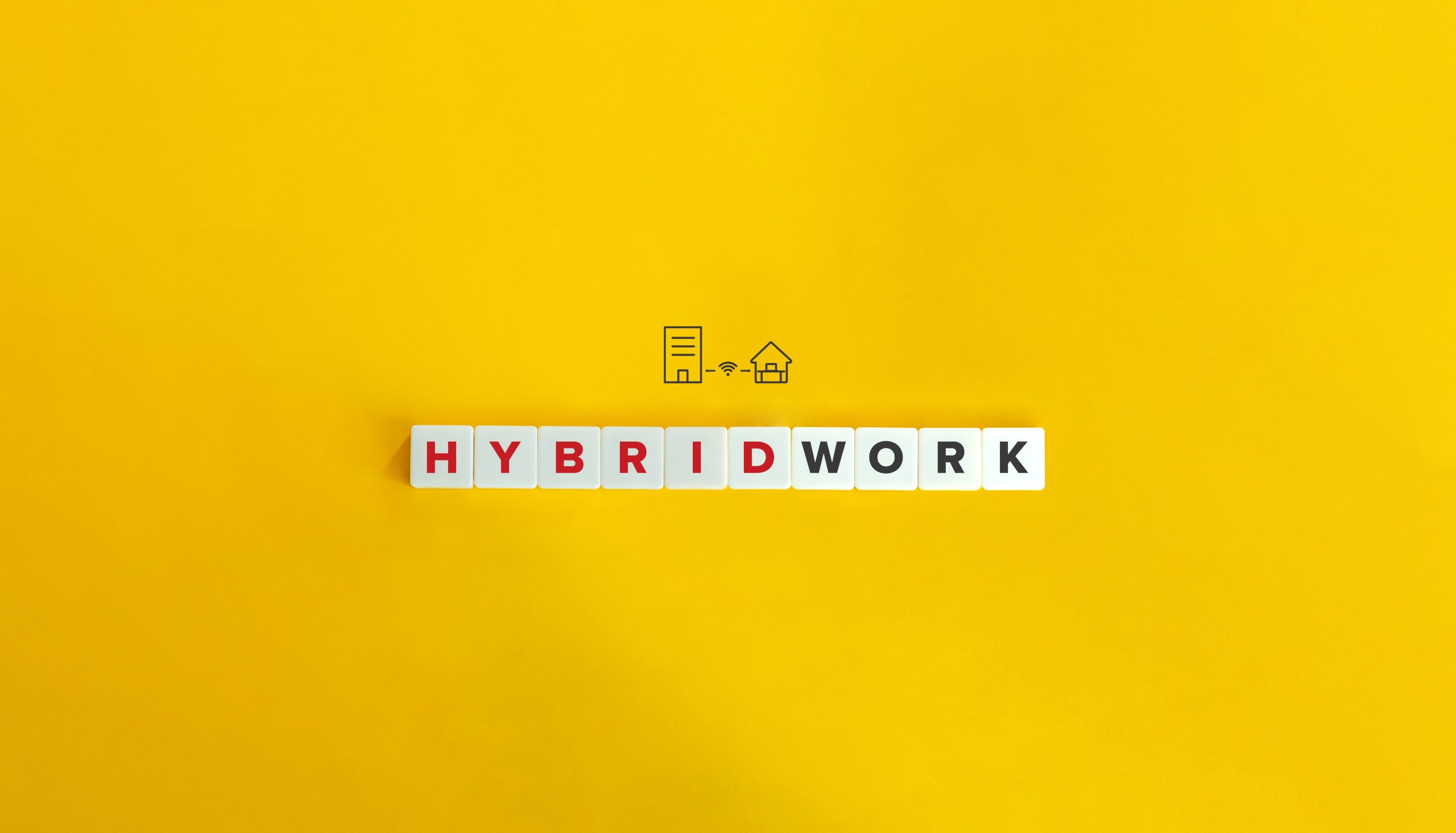Traditionally, the average employee needs to go to an office for eight hours a day, five days a week. Working remotely was a rare perk that only a few companies in specific industries offer to their employees. Some employees may have even negotiated hard for a remote work arrangement.
Then, the pandemic came, forcing businesses to let their employees work at home. What was once a scarce office incentive, remote work became the norm. Kitchens and living rooms became the new office cubicles, and employees relied on Zoom and other video conferencing apps to collaborate and meet with co-workers as well as participate in company virtual events.
But as more people get vaccinated and the government gradually eases restrictions, businesses are once again opening their doors to the public. That said, employers are now pondering possible return-to-office plans. But with over two years of remote working, will it be a seamless transition for employees who became comfortable with stay-at-home work?

Thus, in the interest of accommodating all kinds of workers, business owners are increasingly exploring a third option — a hybrid work setup. This article shares the basics of a hybrid workplace and provides various aspects to help you decide if a hybrid work model is right for your business.
Understanding a hybrid workplace.
A hybrid workplace refers to a working setup where employees have the chance to work at home as well as go to the office. This type of work setup empowers employees in how and where they work. However, some employers may still have the final say. In general, the most important aspect of a hybrid workplace is employee support and flexibility.

Take note that ‘hybrid’ isn’t a one-size-fits-all concept. It can mean different things to different organizations. Also, you can customize it to best fit your business’s needs.
That said, a hybrid workplace may be categorized into different types:
Remote-first.
In a remote-first model, operations are geared primarily towards remote working, although some office spaces are available to employees. Employees can work remotely most days but can go to the office if they want or if they need to meet a client.
Office-encouraged.
With this type of hybrid setup, employees are allowed to work from home, but they’re required to come to the office at least several times a week. Employees may choose how their workweek will look—when they want to go to the office and when to work remotely.
With this setup, employees can have face-to-face collaboration with co-workers and help maintain workforce camaraderie while still providing flexibility.
Office-first, remote allowed.
Unlike the previous model, an office-first setup means that the office is the primary venue for working while allowing workers to work remotely on occasion. In this setup, employers or HR managers may be the ones to manage employees’ hybrid schedules. It may also mean that the majority of employees will return to the office full-time with a minority working from home.
For instance, amidst the pandemic, businesses require their employees to come to work, except for those with a high risk of developing serious illnesses from COVID-19. These workers may be older adults or those with underlying medical problems such as diabetes, cardiovascular disease, and chronic respiratory issues.
Is A Hybrid Work Model Right For Your Business?
An increasing number of business owners have warmed up to the idea of adopting a hybrid workplace. However, it’s important to stop and think it through. A hybrid workplace may seem like a nice solution, but it’s not well-suited for every business, occupation, or work culture.
Here are some things you need to consider when thinking of switching to a hybrid model:
1. Weigh the Pros and Cons.
There’s a lot to love about a hybrid workplace. It offers a lot of benefits for both employers and employees alike. For employees, a hybrid workplace offers flexibility. Most people like to make decisions on their own based on what will make the most efficient and comfortable. So, the choice of whether they work on-site or at home is empowering.
It gives them freedom and offers a solid work-life balance. With more flexibility, employees can have a balanced workload, higher work engagement and satisfaction, and better productivity.
From an employer’s point of view, a hybrid workplace can provide optimization opportunities. Since employees are more engaged and productive when they have flexibility, employers won’t have to worry about a high employee turnover. Engaged and satisfied employees tend to stick around while also driving better business outcomes.
In addition, having a hybrid workplace allows employers to lower operational costs. This means that the business can operate with fewer desks and other office supplies without depriving others of the space and things they need. It also helps lower utility bills. By freeing up significant cash flow, employers can invest in more productive aspects of the business.
It also helps in broadening your talent pool and diversifying your workforce. Plus, since remote or hybrid work has now become the norm, not offering these options when hiring new workers could be a deal-breaker.
That said, a hybrid workplace also comes with numerous drawbacks. The biggest of which is the lack of oversight. Businesses will have to give up the traditional sense of control. In addition, distractions can be a big issue for remote workers. Since they’re working from the comforts of their own home, it’s easy for them to get easily distracted and take more breaks than usual.
Fortunately, these can be resolved by simply guiding employees to develop good habits and discipline and helping them understand new expectations through training.
Finally, hybrid work also makes it more difficult to collaborate between co-workers and maintain teamwork. There’s no perfect virtual substitute for those small bump-ins around the office or a few spontaneous chats in the pantry. The lack of continuity also makes things like training and onboarding more challenging.
But with technology and communication tools, you can support work across all settings and keep teams connected. Again, while hybrid work may have some clear-cut pitfalls, most of these are avoidable with thoughtful management and policy design for hybrid settings.
2. Consider employees’ locations and experience.
With remote work, professionals can live virtually anywhere and get a good job. As mentioned before, it also helps businesses to diversify their team so they won’t have to be limited in hiring local talent.
That said, you need to be aware of any issues that this may present. For instance, when it’s time to implement an in-person or hybrid work setup, it may be impossible for remote employees living too far away to make an appearance.
In addition to location, you also need to consider the experience and age of your workforce. For instance, seasoned professionals who don’t need extensive training or close supervision may benefit from the flexibility of remote working and avoiding the long commute. Meanwhile, younger or newly-hired employees may crave networking and building camaraderie with co-workers, which can be difficult to accomplish if you’ve never met your colleagues in person.
However, you need to avoid anything that’s remotely discriminatory. If done right, a hybrid workplace should cater to a broad spectrum of experience levels.
3. Think of your business size.
Whether you’re the owner of a thriving small business or a stakeholder of a global corporation, company size can impact your decisions when considering a hybrid work setup.
A small business can easily offer a working setup best suited for its small number of employees. However, for larger companies with hundreds or thousands of workers, deciding can become a bit trickier. Large corporations can provide a hybrid workplace, but they also need to invest in ways to consistently monitor their employees and their satisfaction level. Plus, they’ve invested in substantial office space, so there’s less flexibility in scaling down their physical footprint.
4. Study how work gets done.
Most employees can work productively at home just as they can at the office. However, you need to consider the type of work and team collaboration preferred. For instance, a manufacturing business will need an in-person presence and communication to monitor and handle the worksite. That said, if the bulk of your business’s work is done on computers, then a hybrid workplace is beneficial.
Also, you need to think about how your business fosters innovation and creativity. If your company was built around collaborative brainstorming sessions in-person and the use of physical elements like dioramas, it may be difficult to change it right away.
So, make sure to think hard about how you could translate your in-person work and activities to a remote environment.
Takeaway.
There’s no one-size-fits-all solution in terms of how your workplace model is. You need to look at what your business is facing to determine the right work setup.
That said, the hybrid work model is guaranteed here to stay. It offers numerous benefits that outweigh its potential negatives. While businesses might have adopted a hybrid work out of necessity because of the pandemic, it’s going to pave the future as a new way to accommodate every worker’s unique work preference and style.
Leave a Reply